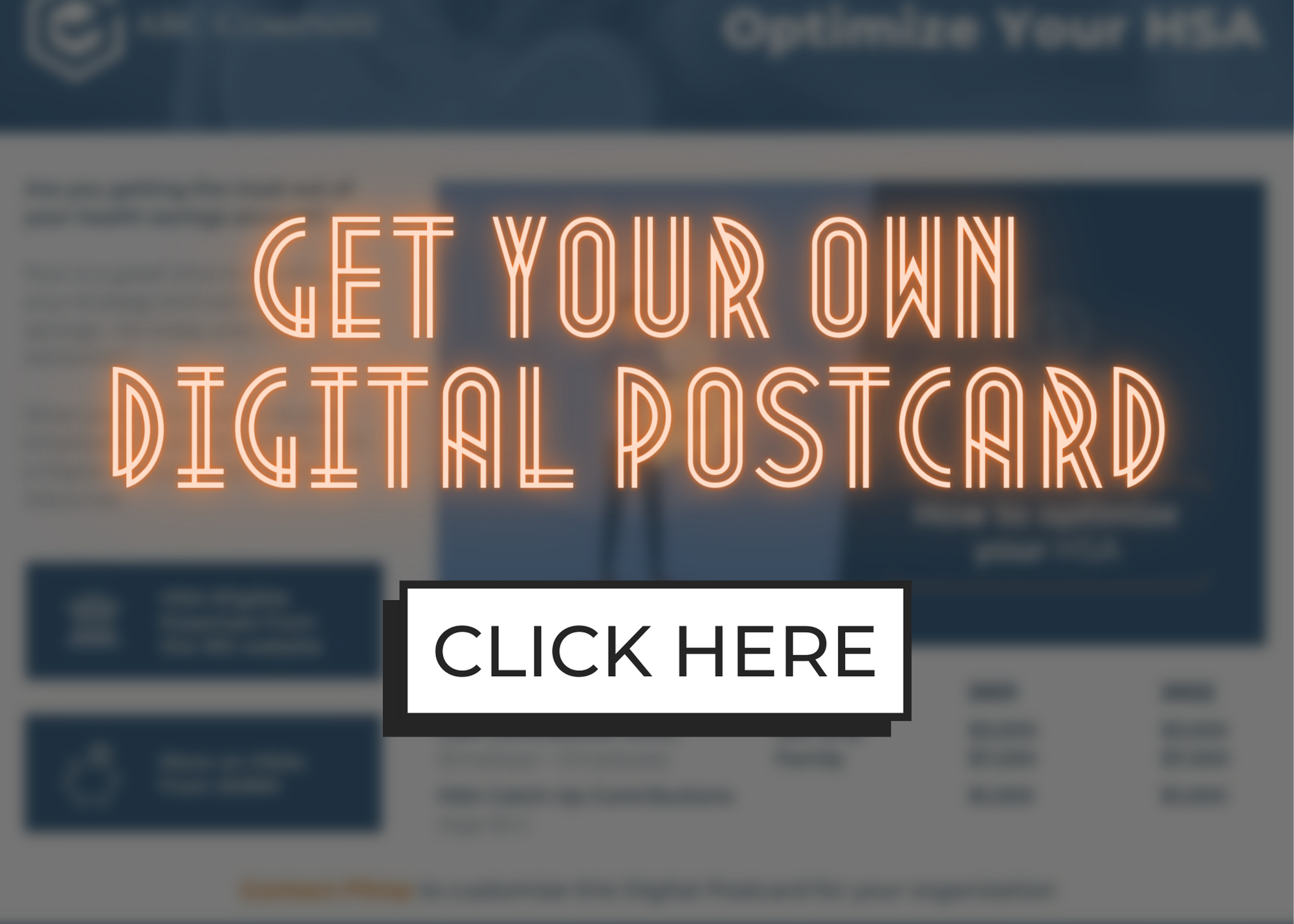For employees, there is a very clear case for funding their HSAs: the “triple tax advantage.” Essentially, for HSA accountholders, HSA contributions aren’t taxed, HSA funds grow tax-free and all withdrawals for HSA-qualified expenses are also free from any taxes.
The HSA triple tax advantage is great for individual account holders, but what about for employers? What incentive does an employer have to go through the process of offering an employer-sponsored HSA program to their employees?
Why employers should encourage HSA contributions: employers save on FICA taxes when employees fund their HSAs
The Federal Insurance Contributions Act—commonly known as FICA—is a U.S. federal payroll tax applied to both employees and employers that helps fund Social Security and Medicare. FICA taxes are mandatory, barring a few exceptions, and are deducted from each employee’s paycheck. Employers share in FICA taxes by paying a matching deduction to the amount each of their employees is taxed each paycheck.
For 2021, the FICA tax rate for both employers and employees is 7.65% each and is based on an employee’s gross taxable wages. It’s important to note, employers are responsible to match each of their employee’s FICA tax liabilities—7.65% paid by the employee and 7.65% paid by the employer—totaling 15.3%.
Since both employees and employers incur FICA taxes on each employee paycheck, regardless of the number of employees an employer has, FICA taxes can have a substantial impact on any employee’s—and business’—bottom line.
When employees fund their HSAs with pre-tax income, guess who also saves on taxes? You do, because you forego FICA taxes on their contributions.
HR teams can use HSA contribution growth to make the budget case
Frequently, HR can feel like a constant fight to protect and grow your budget. Making the financial case is difficult when it’s complicated to quantify (with hard numbers) the financial impact of your team’s contributions.
But there’s nothing complicated about FICA taxes. We know exactly how much the company pays in FICA taxes per dollar of employee wages. So, if you can show a significant increase in HSA contributions, you can more easily make the financial case for your budget.
How to encourage/improve employee HSA contributions
Fundamentally, this is an education issue. In the grand scheme of things, “HSAs” are pretty new. A lot of employees don’t understand how they work. And the healthcare industry is infamous for using a lot of acronyms. WTF even are HMOs, PPOs, HSAs, FSAs, IRAs, 401Ks, HDHPs, and AD&D? It can make an employee’s head spin.
So most of these tips are focused on education points. Without further ado…
Educate them on the triple tax advantage
It’s pretty easy for employees to understand that their income goes further when it’s tax-free. HSAs allow tax-free contributions, which grow tax-free as an investment vehicle, and allow tax-free withdrawals for eligible medical expenditures, have the triple tax advantage.
If they expect to spend any money on health-related expenses—like eyeglasses, flu shots, LASIK, birth control, and allergy medicine—funding their HSA is free money.
Explain the difference between an HSA and FSA
HSAs and FSAs sound really similar, so it’s no wonder that employees confuse the two. This is exacerbated by the fact that FSAs are older, and that employees may already have experience with an FSA and think that an HSA is basically the same thing.
But it’s not. There are many differences, but one difference is essential. For FSAs, you must use your contributions or lose them, but HSA contributions are yours forever. An HSA is essentially a retirement account (most closely matching an IRA) that allows you to withdraw funds for medical expenses.
One of the most common complaints about FSAs was fear that they wouldn’t end up using their FSA dollars and lose them. So it’s essential you clear up this misconception with HSAs.
Send a list of the types of items they can spend HSA dollars on
Your employees may have no idea the breadth of health-related expenses that are eligible. If your employee twists their ankle, crutches are eligible. If the allergy season comes on strong, Benadryl is eligible. If they want to stop smoking, smoking-cessation aids are eligible. Pain relievers, sleep aids, guide dogs, drug-addiction treatment, insulin, orthotic inserts, chiropractor…all eligible.
Encouraging more contributions is often as simple as helping them understand that their tax-free contribution will have uses.
Here’s a handy-dandy list from HSA Bank, but you should always verify with the IRS documentation and your plan before sending a list of eligible items.
Contribute to their HSAs
To get things moving, sometimes you have to give a little push. Many employers contribute to their employees’ HSAs because they find that it creates momentum and encourages employee contributions. It’s also possible to offer “matching contributions” just as you would with a 401k matching program.
Provide an explainer video via a Digital Postcard
This subject area can be complicated and technical. Employees may struggle to understand the benefits when reading a long email or article about HSA contributions. But a video? That’s different. Training programs use video-based learning because they’re proven to have higher engagement, feel more accessible, and create better information recall.
One of the best ways to distribute this video is through a Digital Postcard, which pairs the video with educational messaging and key links, and can be sent over email, text, or QR code.







